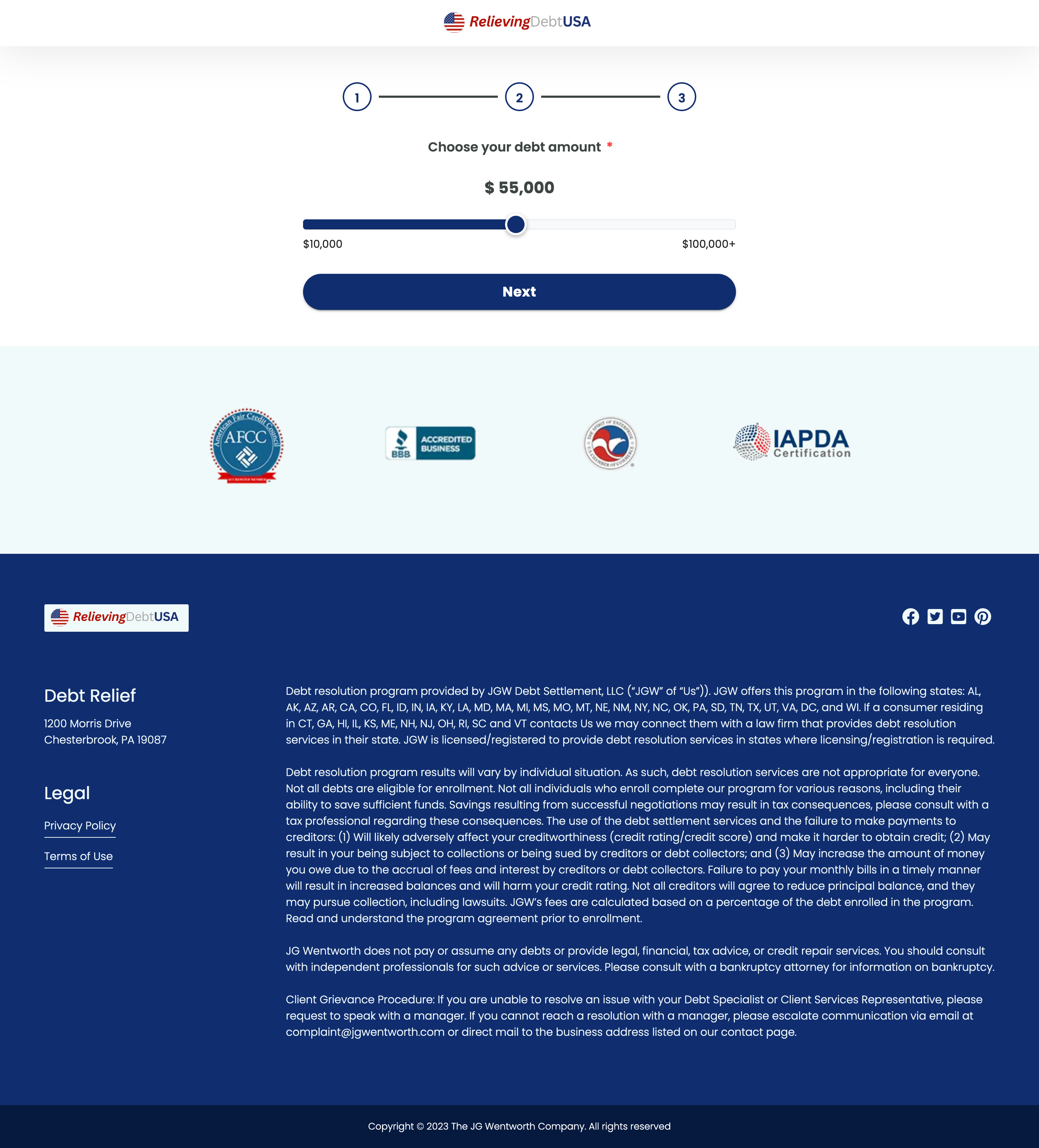The Role of Design in Affiliate Landing Page Success
Understanding the importance of design in crafting successful affiliate landing pages can elevate conversion rates and maximize profitability. In this article, we delve deep into the core principles of landing page design.
Introduction
Affiliate marketing is a powerful strategy, and at its heart lies the landing page. Well-crafted landing pages can significantly increase conversion rates, making the role of design critical in achieving affiliate marketing success. Proper design not only attracts visitors but also encourages them to take action, ultimately leading to higher conversion rates and better return on investment.
Essential Design Elements of a Successful Landing Page
The foundation of any effective landing page begins with its elements. Key components include:
- Compelling Headlines: Catchy and concise headlines that instantly communicate the value proposition.
- Call-to-Action (CTA): Clear and compelling CTAs that guide users to take the desired action.
- Visual Hierarchy: A well-structured layout that directs the user’s attention to key information.
- Trust Indicators: Testimonials, reviews, and security badges that build trust with potential customers.
Design Principles Enhancing User Engagement
Applying core design principles can greatly influence user engagement and behavior. These principles include:
- Consistency: Uniform design elements and colors that create a cohesive experience across the page.
- Simplicity: Removing unnecessary clutter to focus on essential information, making it easier for users to digest content quickly.
- Emotion: Using imagery and color psychology to evoke emotions that align with the brand’s message and goals.
The Balance between Aesthetics and Functionality
While aesthetic appeal draws users in, functionality ensures they stay and convert. Striking the right balance is crucial:
- Ensure visuals enhance, not overwhelm, the message.
- Prioritize user navigation and ease of use over graphic design excess.
The Role of User Experience (UX) in Landing Pages
User Experience design is not just about aesthetics, but also about functionality and usability. Effective UX design focuses on:
- User Flow: Guiding users seamlessly from one section to the next.
- Loading Speed: Optimizing page elements to reduce load times, improving the overall user experience.
- Accessibility: Designing pages that are accessible to all users, including those with disabilities.
Mobile Responsiveness and Speed Optimization
With an increasing number of users accessing content via mobile devices, ensuring landing pages are mobile-friendly is essential:
- Implement responsive design techniques to ensure seamless experiences on all device sizes.
- Optimize images and code to improve loading times, reducing bounce rates and enhancing the mobile user experience.
Importance of A/B Testing in Design Optimization
A/B testing is vital for refining landing page design. By testing different versions of a page, you can determine which elements resonate most with users:
- Headline Testing: Experiment with different headlines to find the most engaging option.
- CTA Placement: Test the effectiveness of different CTA placements and formats.
- Visual Changes: Evaluate various visual elements to ascertain their impact on conversion rates.
To capture landing page content for testing or analysis, you can use tools like the Landing Page Ripper Chrome Extension. This tool allows you to save full landing pages and experiment with designs offline.
Conclusion
The design of an affiliate landing page plays a crucial role in its success. By focusing on key design elements, adhering to proven principles, and continuously testing and optimizing, marketers can create highly effective landing pages that drive user engagement and conversions. Incorporating the right tools, such as a landing page ripper tool, further aids in understanding and improving landing page performance, securing an edge in the competitive landscape of affiliate marketing.









